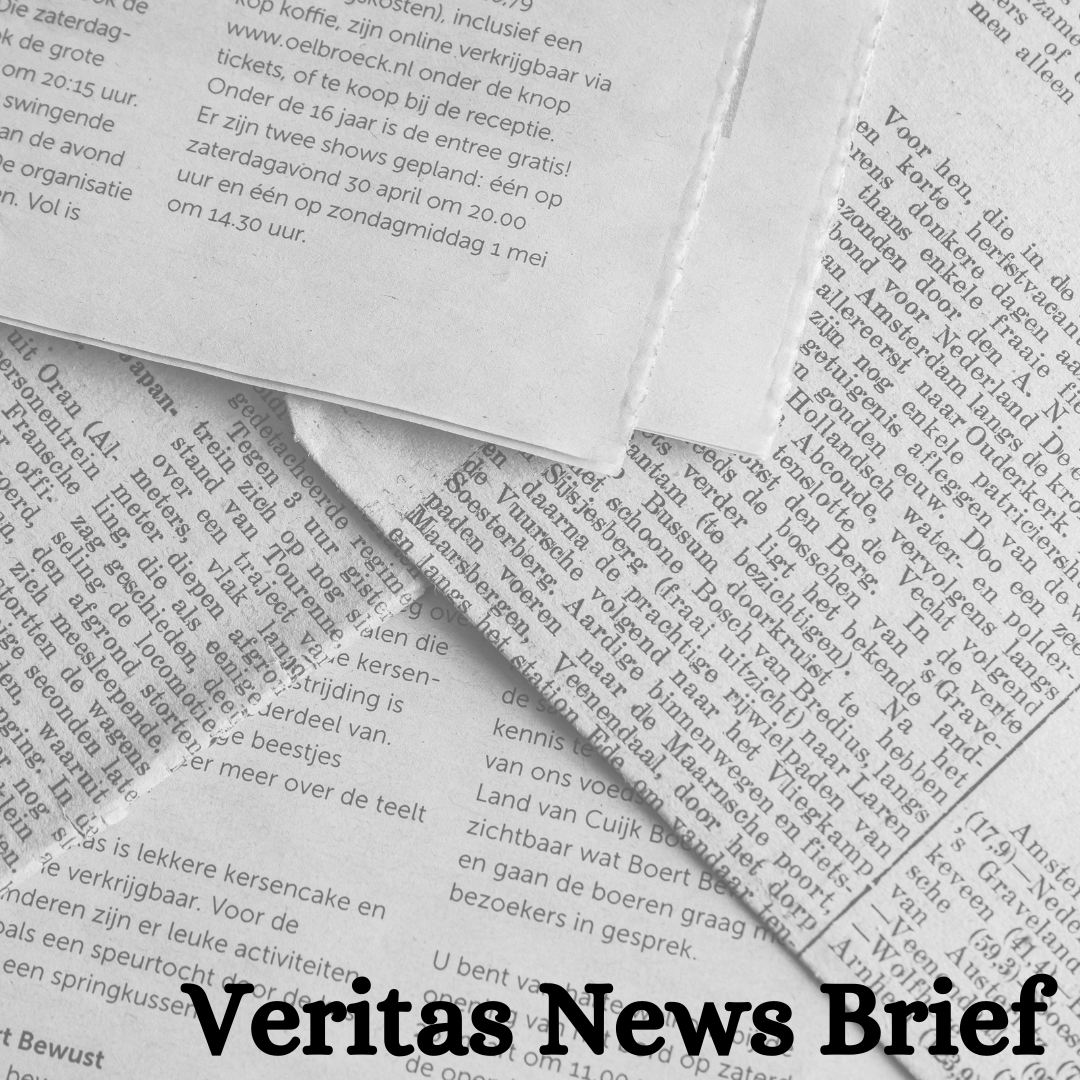2 min read
What Does Social Inflation Mean For the Insurance Industry?
In today's insurance landscape, the term "social inflation" is becoming increasingly prevalent. It refers to the rising costs of insurance claims...
2 min read
 Andrew Darlington
:
May 29, 2024 at 12:56 PM
Andrew Darlington
:
May 29, 2024 at 12:56 PM
.png)
On April 29, 2024, the U.S. Equal Employment Opportunity Commission (EEOC) introduced a comprehensive set of guidelines aimed at preventing harassment in the workplace. This landmark update consolidates previous documents and reflects significant legal advancements in areas such as pregnancy, sexual orientation, gender identity, and the dynamics of remote work environments. Here’s what employers and employees need to know about these crucial developments.
The EEOC’s updated guidance offers a robust framework for understanding and enforcing equal employment opportunity (EEO) laws against harassment. It underscores the need for a workplace free from discrimination based on protected traits including race, color, religion, national origin, sex, disability, age, and genetic information. The guidance also addresses contemporary issues such as online harassment, which has become increasingly prevalent with the rise of remote working.
The EEOC outlines three critical elements of a harassment claim under federal EEO laws:
Expanded Definitions:
Religious Expression:
To mitigate risks and enhance workplace safety, employers are advised to:
Employers play a pivotal role in shaping the work environment. By fostering a culture of respect and inclusion, actively monitoring workplace dynamics, and promptly addressing issues, businesses can significantly reduce the incidence of harassment. The new EEOC guidelines serve as a valuable resource for employers to understand their legal obligations and for employees to recognize their rights.
The EEOC’s updated guidelines are more than just regulatory requirements—they are a call to action for creating safer and more respectful workplaces. As our work environments evolve, particularly with more virtual interactions, staying informed about such guidelines ensures that all employees can work in a setting that respects their dignity and rights. For further details on the EEOC's recommendations and resources related to workplace harassment, employers and employees can visit the EEOC’s official websites.
This update is a crucial step forward in addressing the modern challenges of workplace harassment and ensuring that workplace rights are protected across all platforms and environments.
Click the button to find more detailed information about the EOCC changes!

2 min read
In today's insurance landscape, the term "social inflation" is becoming increasingly prevalent. It refers to the rising costs of insurance claims...

In the ever-evolving landscape of the insurance industry, the phenomenon known as "social inflation" is proving to be a formidable challenge,...

To my fellow business leaders and Human Resources professionals in East Tennessee, in your roles, you value predictability. You build budgets, manage...